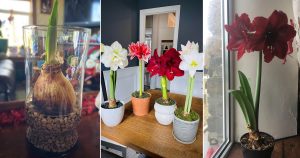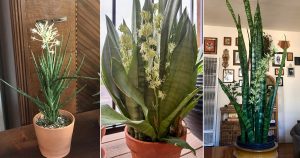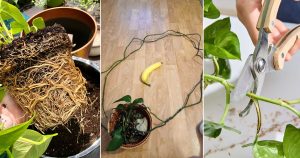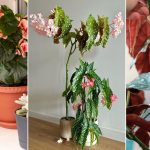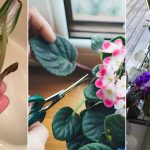The photo above depicts what used to be growing in a pot at my parents’ house. Those are the roots. They have become so root bound, that they have used up virtually all the dirt in the pot. Pretty crazy, eh?
This is what happens if you don’t repot your plants for 8 years! I originally planted these pots when I was in college in LA. When I moved down to Long Beach, I gave them to my mom, and they have been in my parents backyard ever since.
Until today.
A plant is “root bound” when its roots take up all the space in the pot, or nearly all the space. The roots are matted and tangled and often form a mass that cannot be separated without cutting the roots apart. If left in a root bound state, the plant will eventually suffocate and die.
Symptoms of a Root Bound Plant
- The plant has stopped growing. This means that no new shoots are forming, even though the plant may produce some new leaves.
- The leaves wilt a relatively short period after the plant is watered.
- Regardless of the fact that you are properly watering and fertilizing the plant, an inordinate amount of leaves are dying. No amount of adjustments to the amount of water or fertilizer seems to help.
- Roots that are visible from drainage holes or in masses above soil.
- The top few inches of soil are impenetrable by your finger.
How to Help Your Plant
If you suspect that your plant is root bound, the solution is to repot it. If you would like the plant to grow larger, plant it in a larger pot. If not, then you can repot it in the same pot.
First, deeply water the plant. Water will help the plant slide out of the pot easier. Once the plant is out of the pot, remove all rotten and/or discolored roots. Trim the largest, thickest roots by cutting 50% of the root off. Be sure to leave all the bright white roots, they’re still in good condition. Gently break up the remaining roots, this will help promote new growth.
p.s. I ended up throwing all the old plants out, and planted a pair of blueberry bushes in my old pots instead. They’re surrounded by geraniums and dichondra.

